Flower clock: methods of use and advice of designers on the implementation (80 photo ideas)
A neglected and groomed garden is unlikely to cause positive emotions, so gardeners are happy to devote quite a lot of time to decorating the site. Moreover, in recent years there has been a more pronounced tendency to come to the country house not to garden or harvest, but to relax or be alone with nature.
A novelty of landscape design is the decoration of the garden area with a floral composition in the form of a clock. In addition, this is not only an amazing decor, but also a practical element that at any time will tell others about time. Photos of flower watches eloquently confirm this.
Step into the story
Many large cities boast floral clocks. For them, basically, a fairly prominent place is allocated near the central square. The decorative mission is undoubtedly assigned to the composition of natural flowers. The design of the watch itself is a real clockwork, only of more impressive sizes.
For the first time, clocks made of flowers appeared in the Roman Empire, when they had not yet thought about the invention of a mechanical clock. To determine it, scientists used biorhythms of plants and flowers depending on the time of day. But this was not quite enough, since this option worked from the beginning of spring to the end of autumn.
Subsequently, the floral clock was finalized by a genius in the field of biology and botany Karl Liny. Its design looked like a circle divided into identical sectors, where plants were planted, revealing inflorescences in a certain hour period of time.
Thus, the flowers bloomed in order of sectors, counting hour by hour. The invention first appeared in Sweden.
Distinctive features of color biorhythms
At the first sunshine dandelion inflorescences are revealed. In the afternoon, the water lily closes the petals and hides under a cover of water. At dusk, a night violet is shown.
So, biorhythms appear during the day, i.e. flowers open and close inflorescences at certain times of the day. Everyone lives according to their own schedule.
In fact, the whole secret is that flowers contain pigments that can be transformed from one to another during the day, due to their ability to absorb daylight. In the dark, the reaction occurs exactly the opposite. As a result, the plant knows what time of day is at the moment.
But the most interesting is that if you transfer the flower to a dark place, its vital biorhythms will not change. It will also open in the daytime, and close in the evening. However, by regularly disturbing natural light, this will play a role, and biorhythms can be disturbed.
DIY clock made of flowers
Decorate the garden with a floral clock made by your own hands is quite possible. But not as simple as it seems at first glance. The process itself is very informative and exciting. You can bring children to this lesson. It will be useful for them to learn in practice about solar astronomy and interesting facts of botany.
Be sure to note: biorhythms of flower plants are dependent on the climate of the local region and the degree of natural lighting of the area. Otherwise, you may need to adjust the available color information.
In order for the flower clock to function normally, favorable sunny weather is needed. In the rain, you should not rely on the reliability of the time.
The need for flowers and the sun
To create a real clockwork of flowers will require several of their varieties. The main thing: they must open and close inflorescences at strictly defined points in time that correspond to reality.
The main parameters for creating a floral clock project include:
- selection of the location of the clockwork. Here, spaciousness and excellent sunlight are important. Avoid getting shadows from structures and vegetation.
- the place should be well viewed from all sides, as this is not only the decor of the site, but also a time indicating device.
- The round dial is comfortable and familiar. It is enough to equip a round flowerbed and divide into 12 parts (number of hours). Before this, it is worthwhile to perform soil preparation.
- Against the background of a lawn, the dial should stand out. To do this, it is enough to overlay it around the perimeter with bright colored stones or gravel of different colors.
- in cloudy weather, you should not trust the accuracy of the readings of the flower clock, plant biorhythms can go astray.
- the choice of seedlings is a responsible matter. It is necessary to collect information in advance about the expected colors for planting. Know the time of opening and closing of their inflorescences in the region of residence in order to correctly mark them in the relevant sectors.
Color selection
The most suitable species are flowers with pronounced biorhythms. First, it is worth observing the selected plants, compiling a table of their biorhythms and analyzing it. This will help to avoid mistakes.
You can create a simple design that shows the time for breakfast, lunch and dinner.
In the morning (from 7 to 10 hours) the flowers of violets, calendula or coltsfoot open. In the afternoon, at lunchtime (from 13 to 15), inflorescences of poppies and bluebells close. During the late dinner (from 20 to 21), night-time characters - evening meal and fragrant tobacco open the petals.
There are many options, you can even choose flowers with biorhythms similar to yours. Flower clock in the country - it is beautiful in appearance and will tell you the time for eating.
Using the shadow arrow
The easiest way to create a design is simple in technical design. Externally, this option is no less attractive, and maybe even more original. Here the flowers fulfill an exclusively decorative mission.
The time display function will be assigned to the shadow cast by the gnomon, i.e. a column of a certain height (a reinforcing rod or a wooden peg is used). First, the circle is marked on the site illuminated by sunlight. The gnomon is installed in the central part, with a minimal slope to the north.
A more accurate orientation will help determine the compass, while constructing the device is better at noon, when the shadow of the gnomon shows the upper limit of the dial (12 hours).
Make a mark of this point at the intersection of the circle and the shadow. After this, sectors of equal size in the amount of 12 pieces are marked. Each sector is equal to one hour.
So that the sectors do not merge with each other, they should be distinguished by colored gravel or borders. Prepared flowers, preferably undersized species, should be placed inside the sectors.
This is a great decor option and at the same time not difficult to execute. In addition, any floral plants that do not require any attachment to their biorhythms are suitable for decoration. It’s even easier to make a round lawn, arrange numbers from flowers on it and install a gnomon.For curbs, you can apply various types of plants similar to young plants or stonecrops.
Photo of a flower clock
Swimming pool on the site: 105 photos of ideas for creating a stylish and convenient tank
Unpretentious flowers for the garden - 120 photo-selection ideas for inexperienced gardeners
Decorative moss: 75 photos of breeding and application in landscape design
Drinking bowl for chickens: 85 photos and step-by-step instructions for building
Join the discussion:
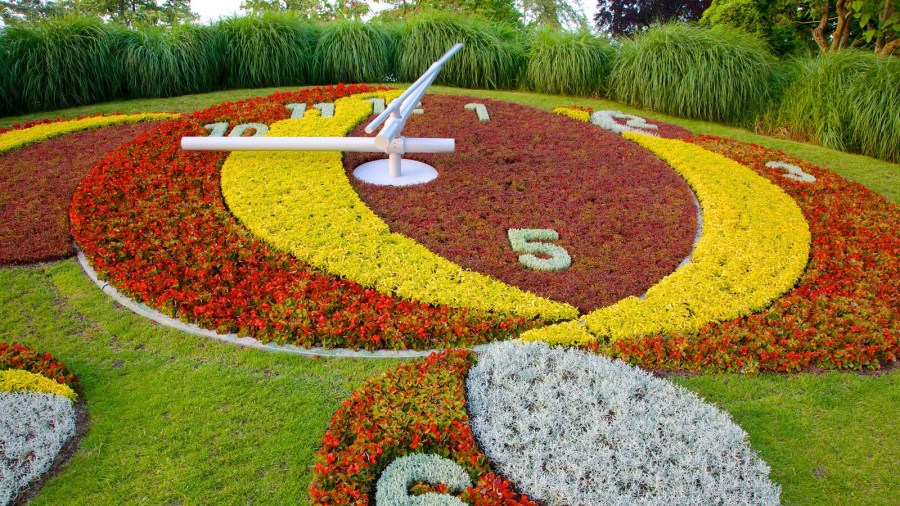

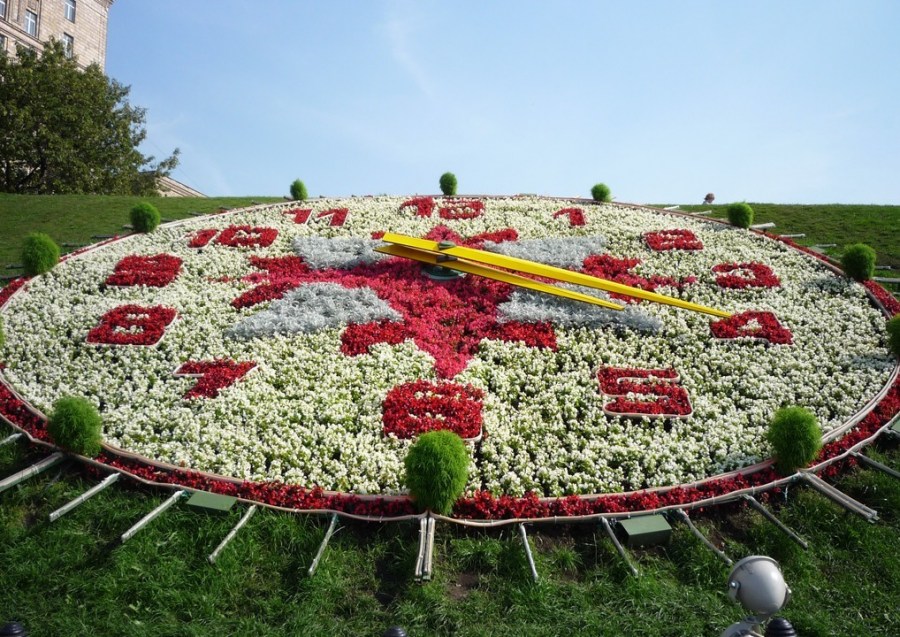

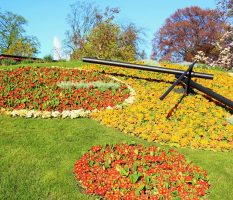
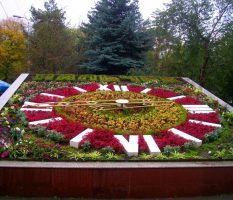
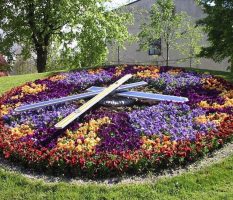
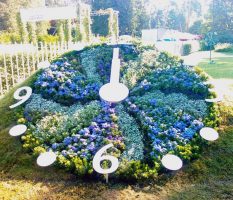
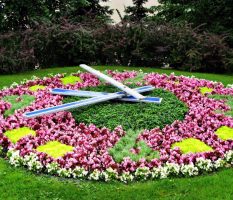
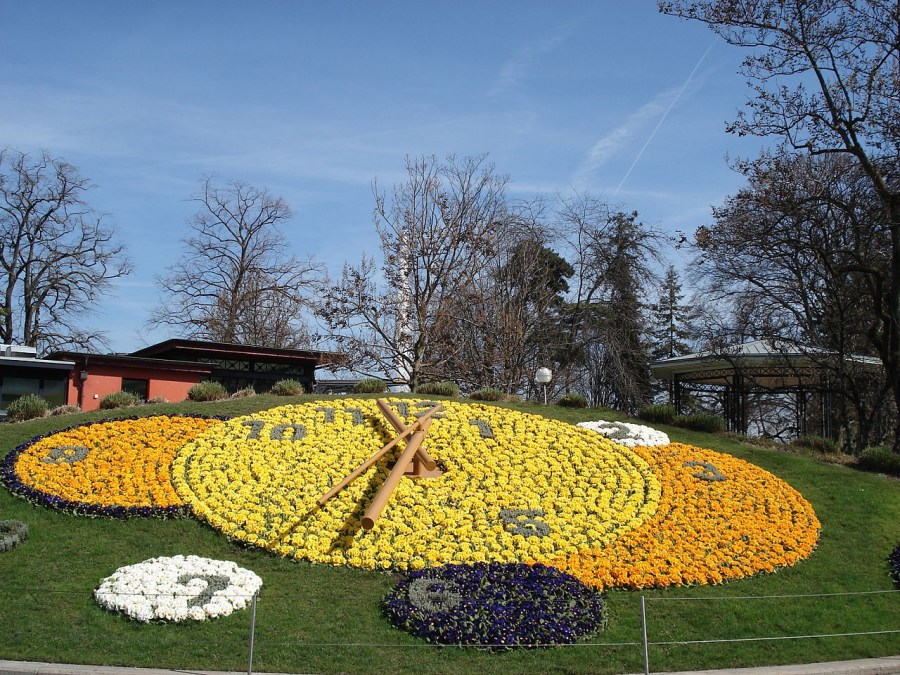
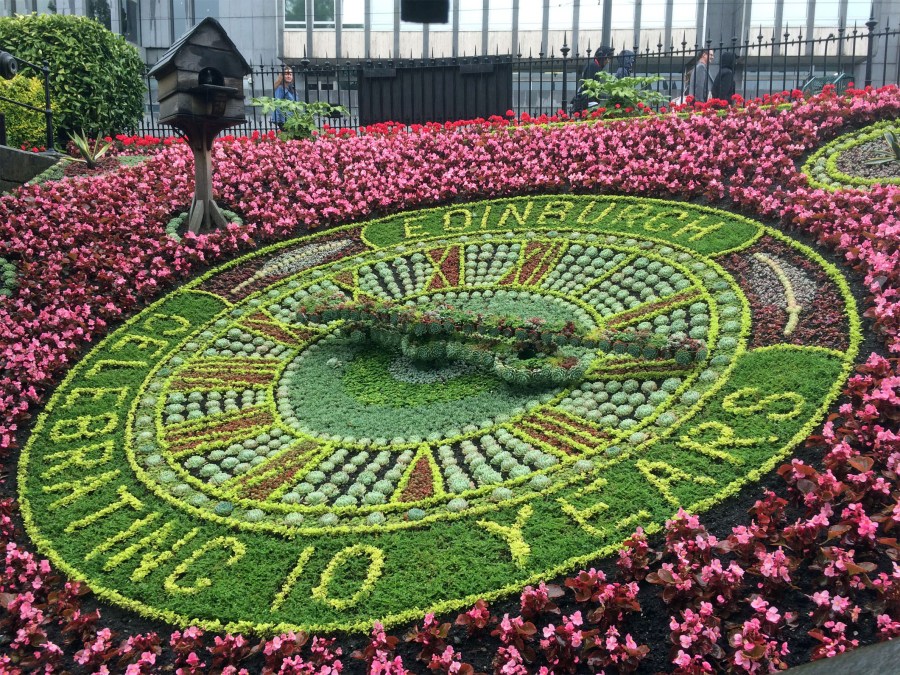
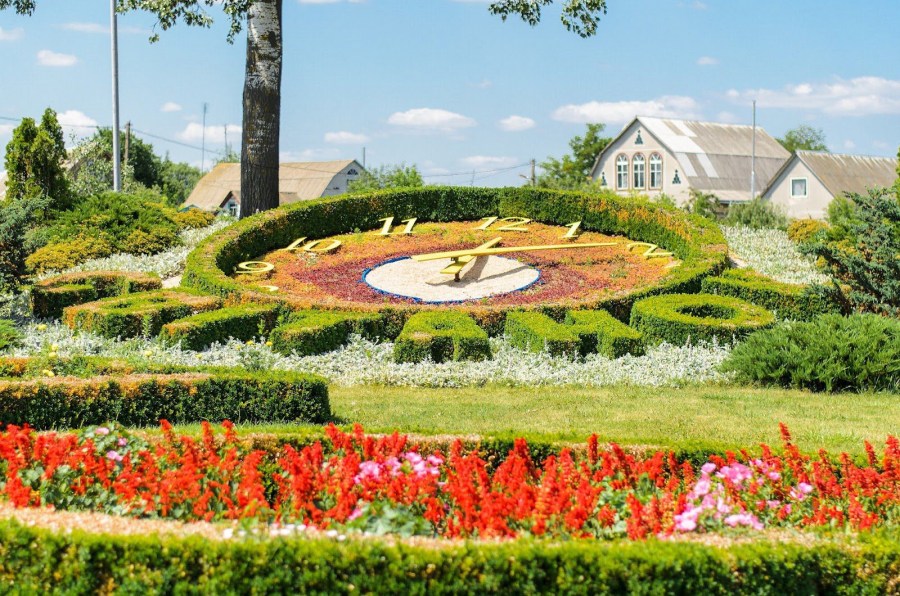

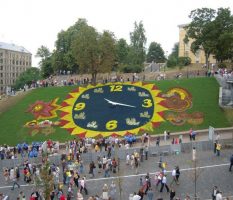
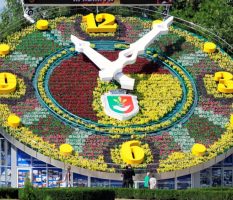
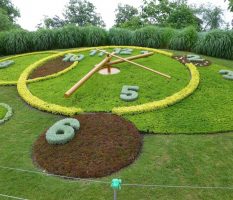




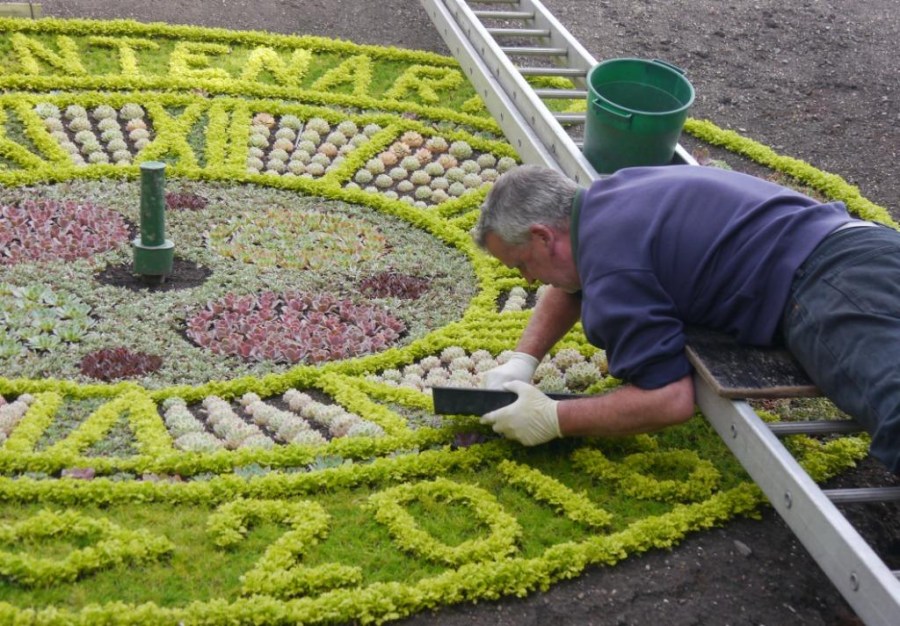

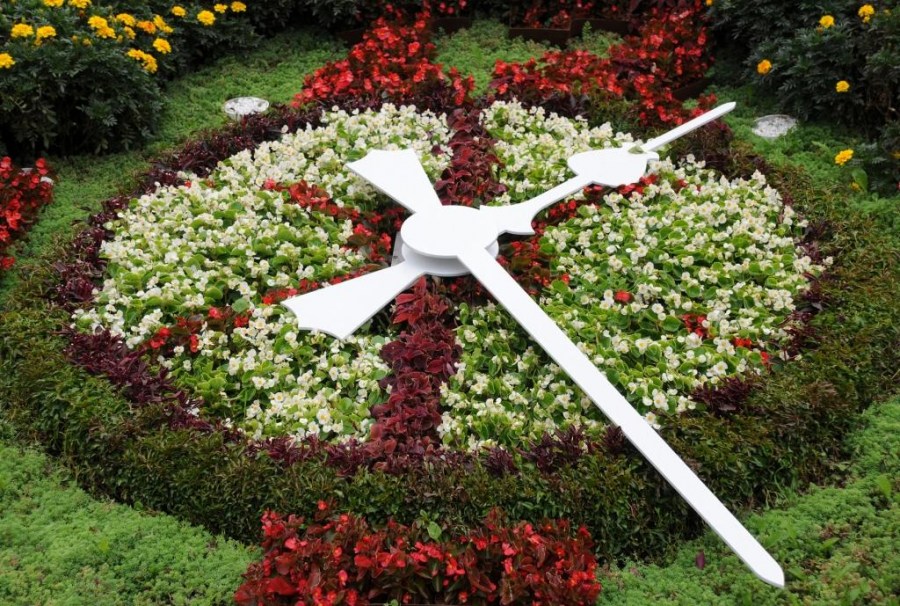
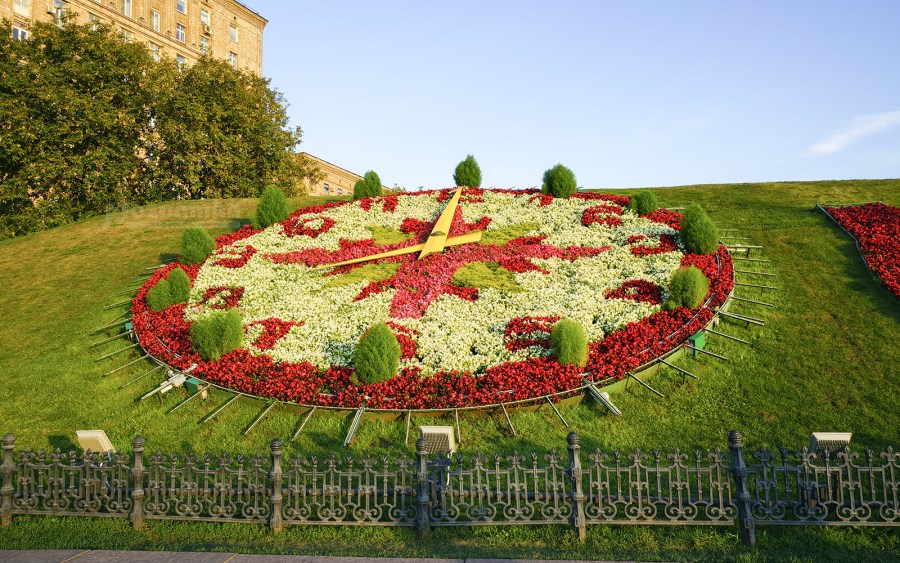
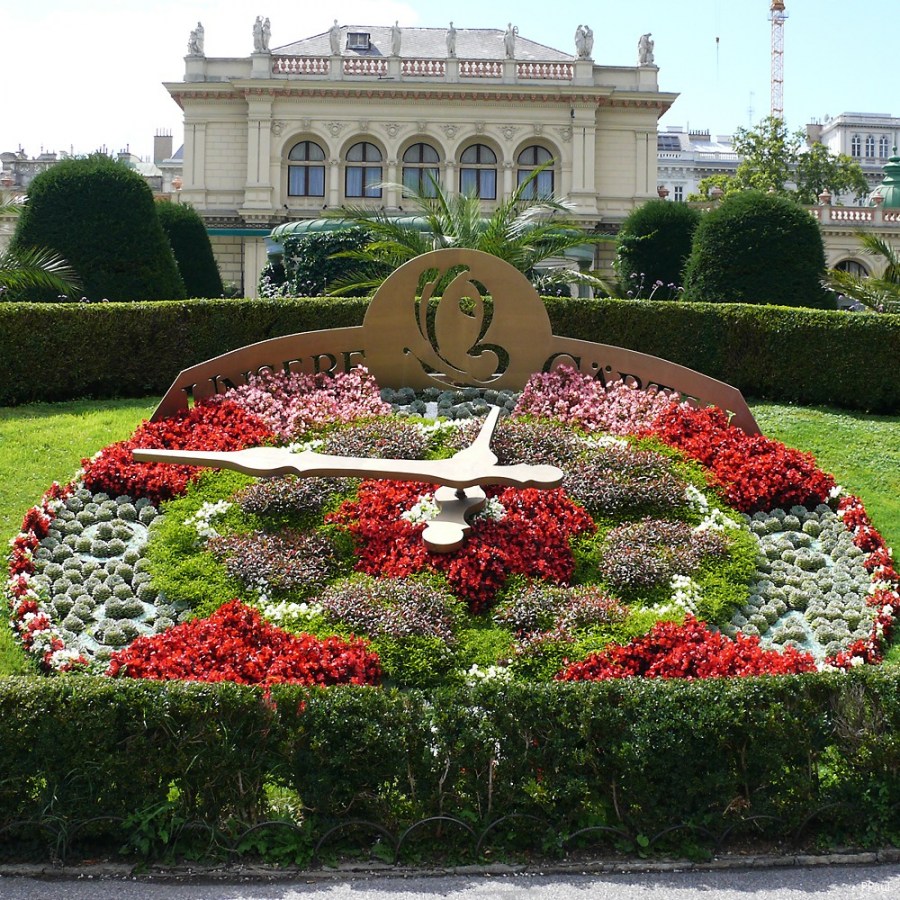
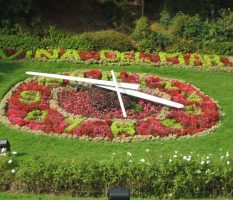
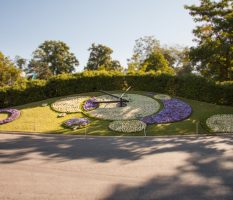
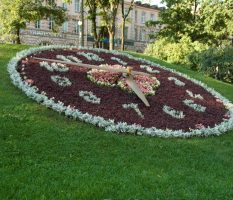
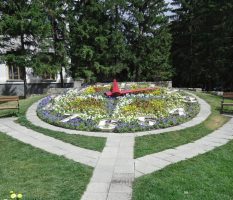
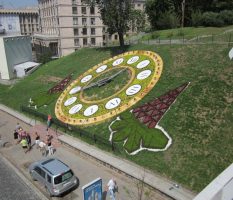
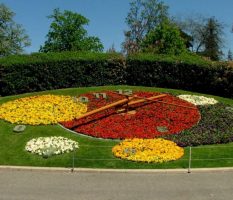
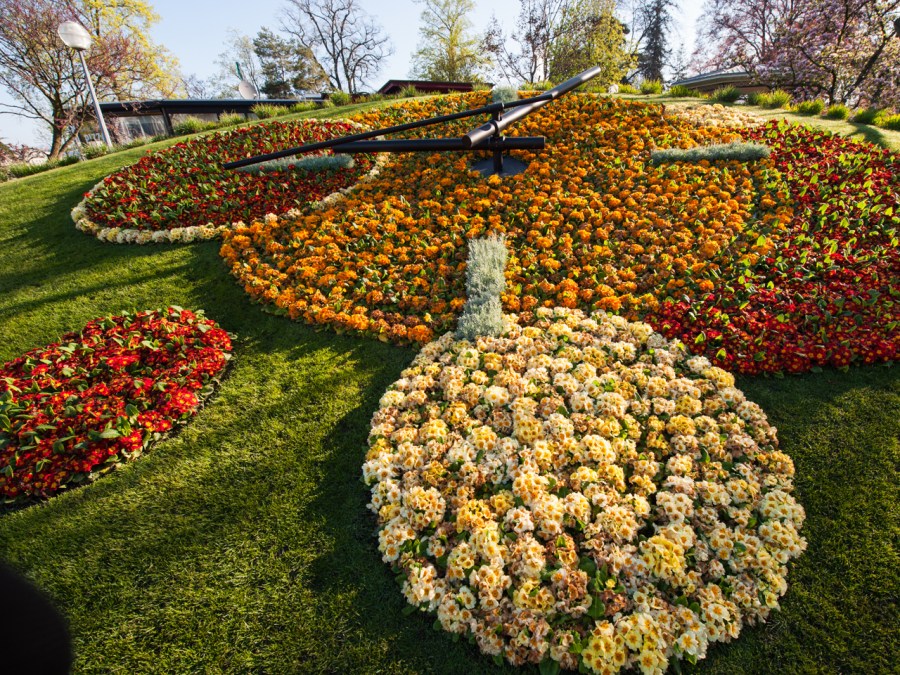

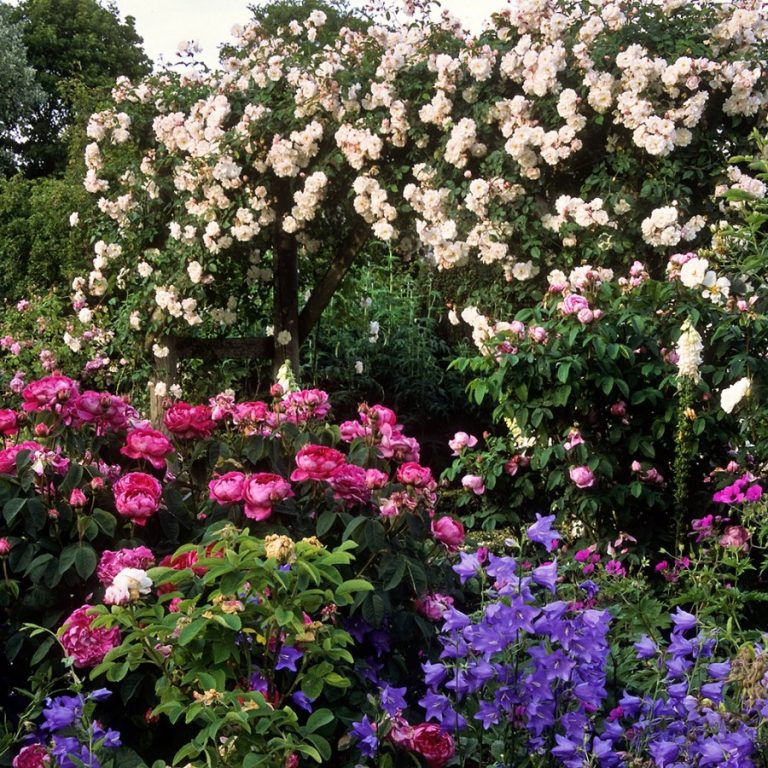
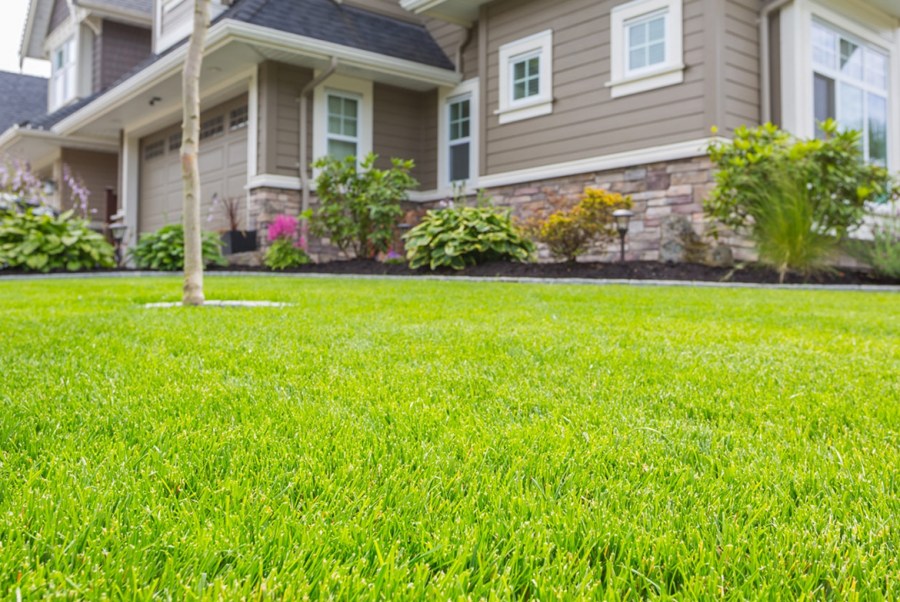
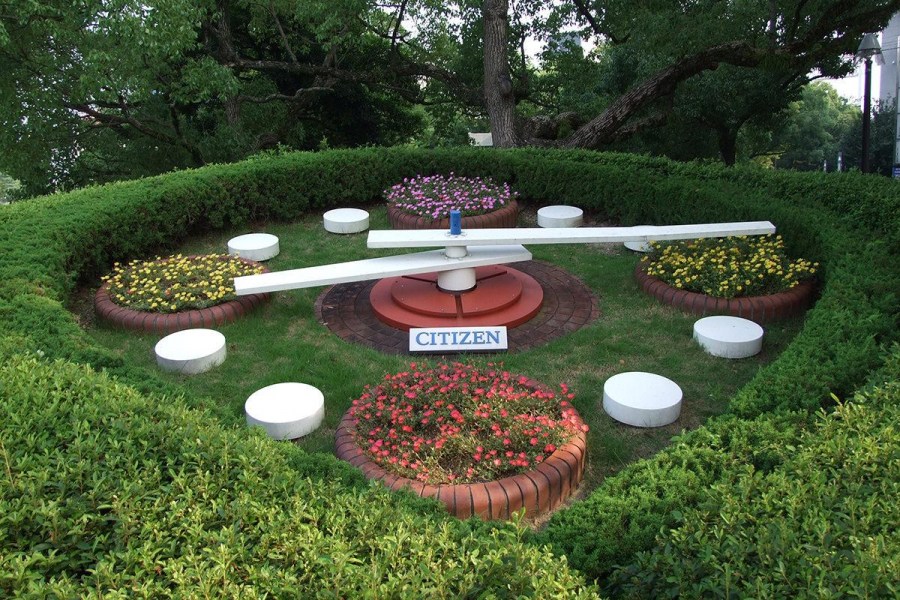
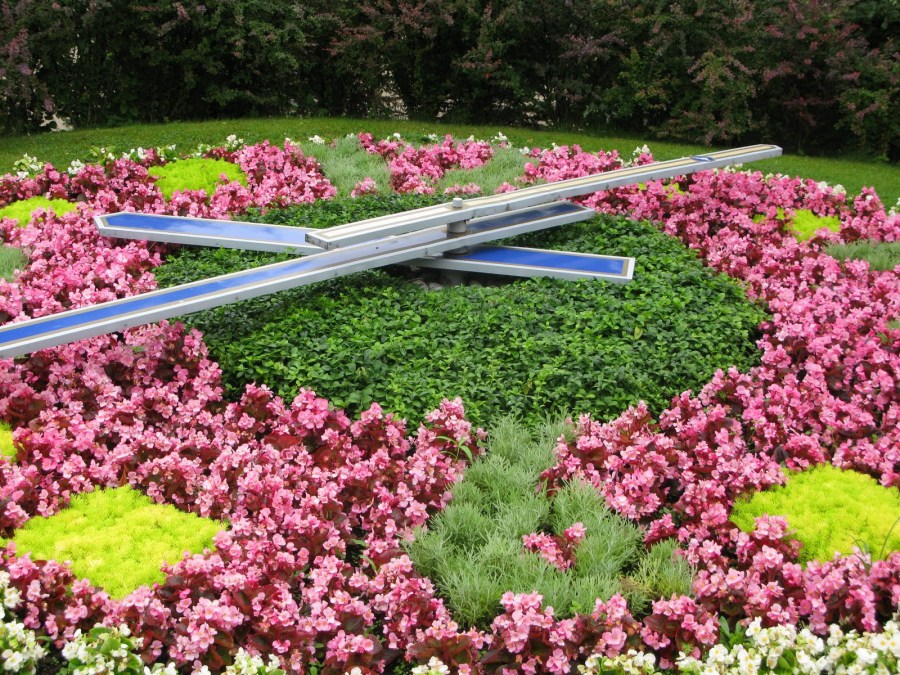
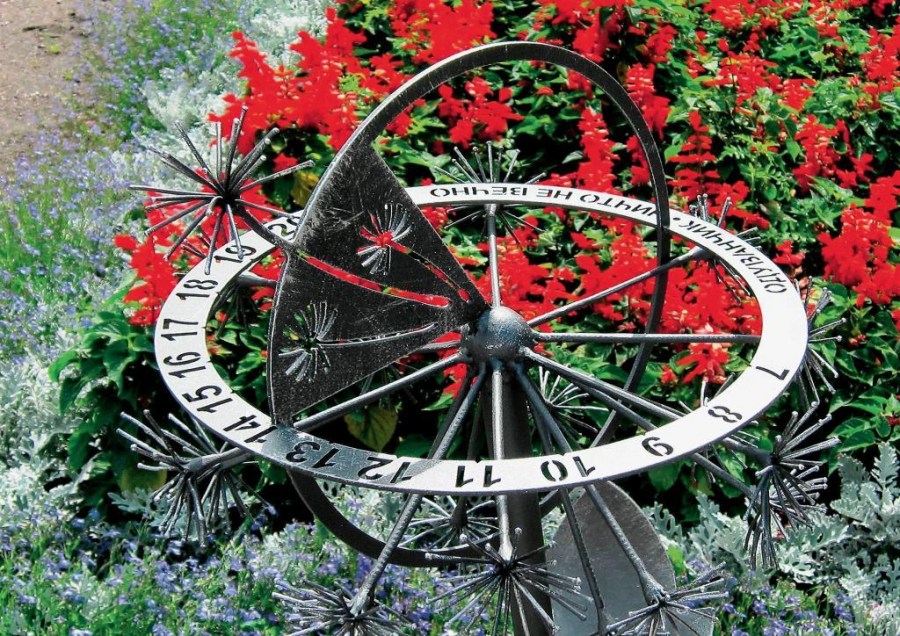

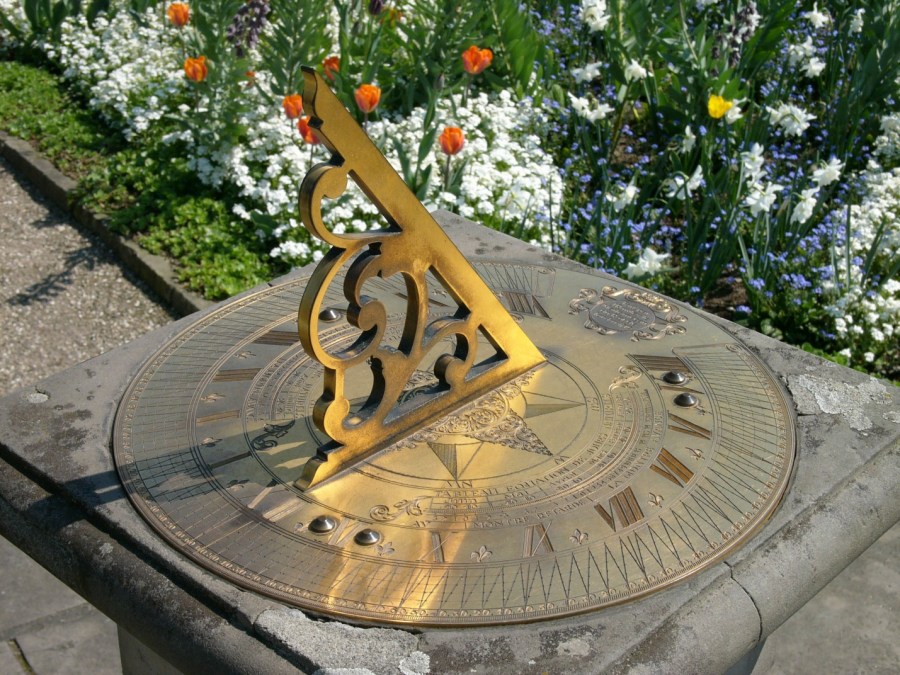
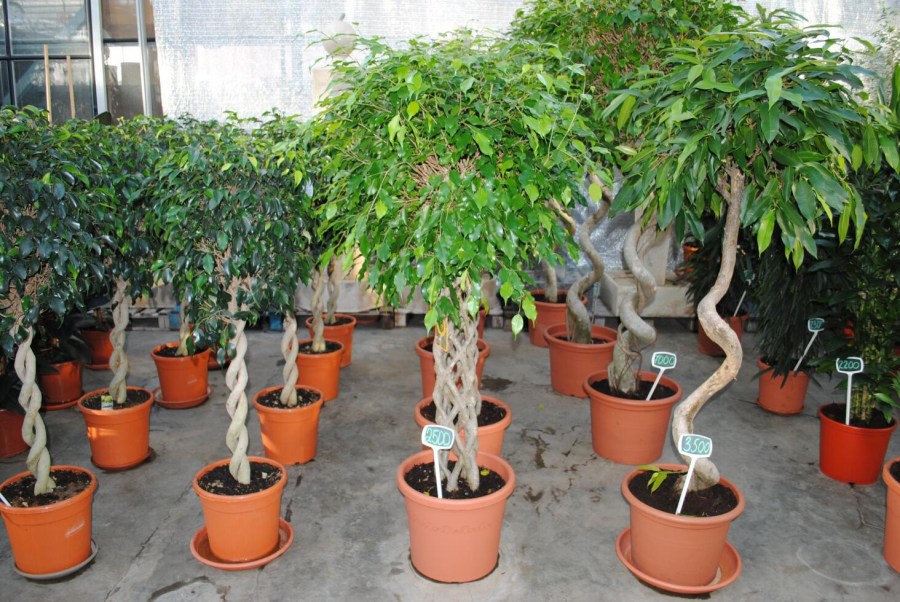
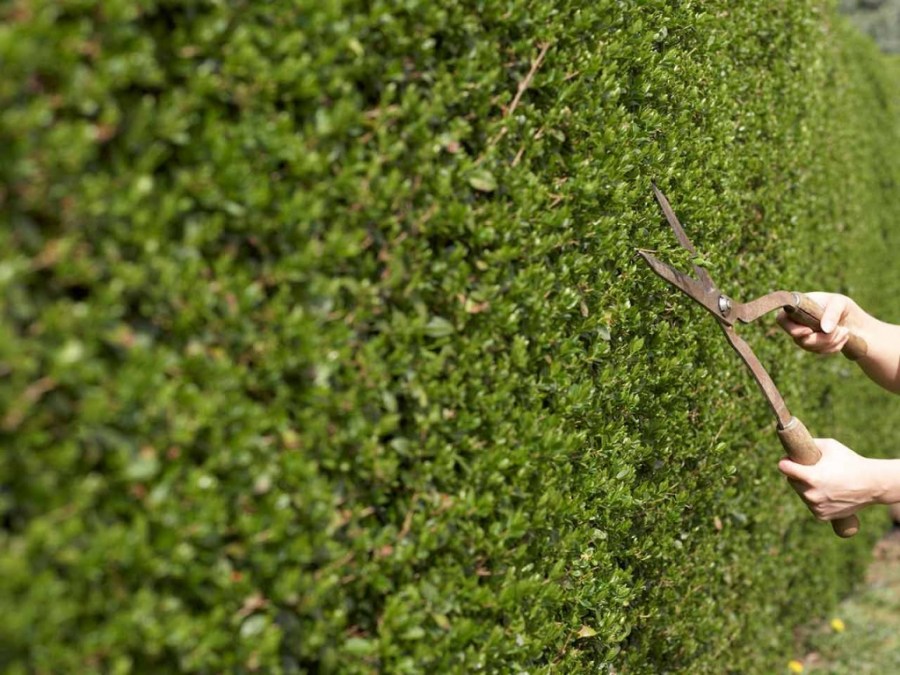
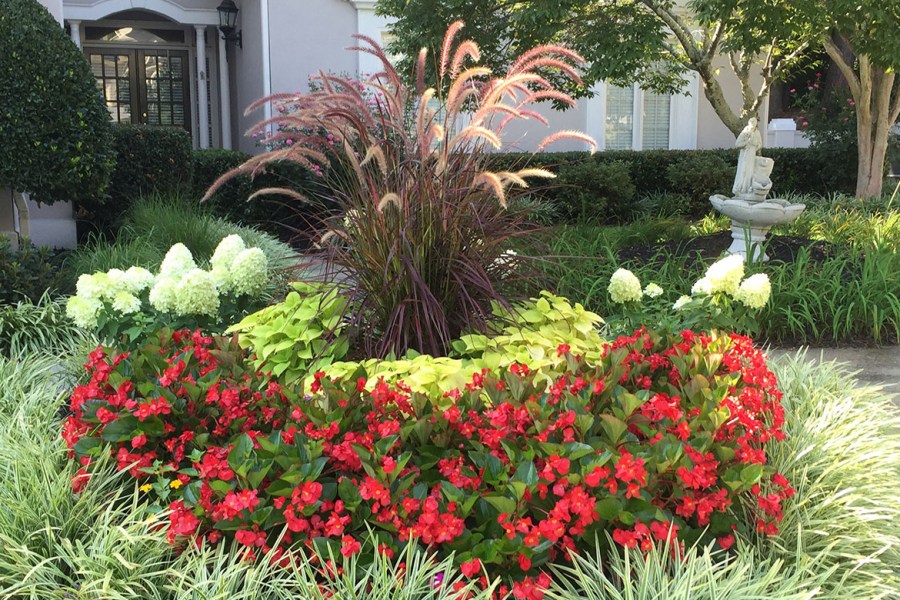
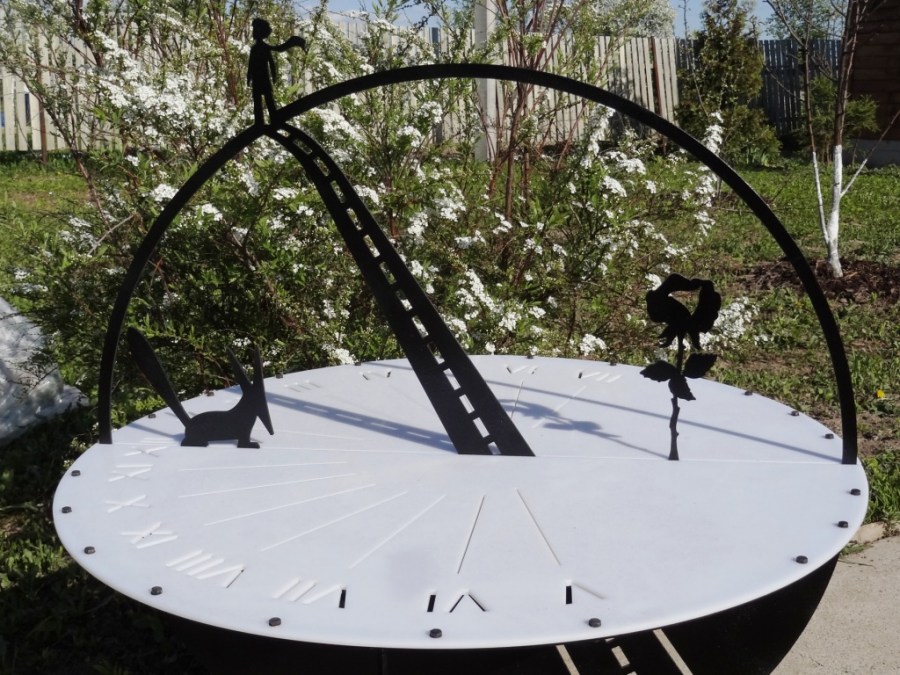
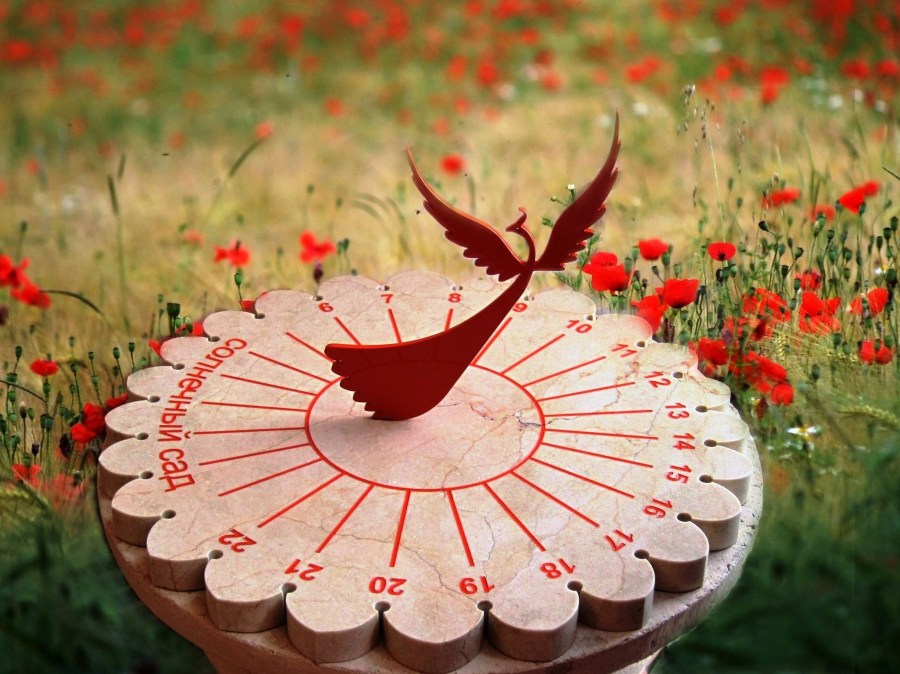

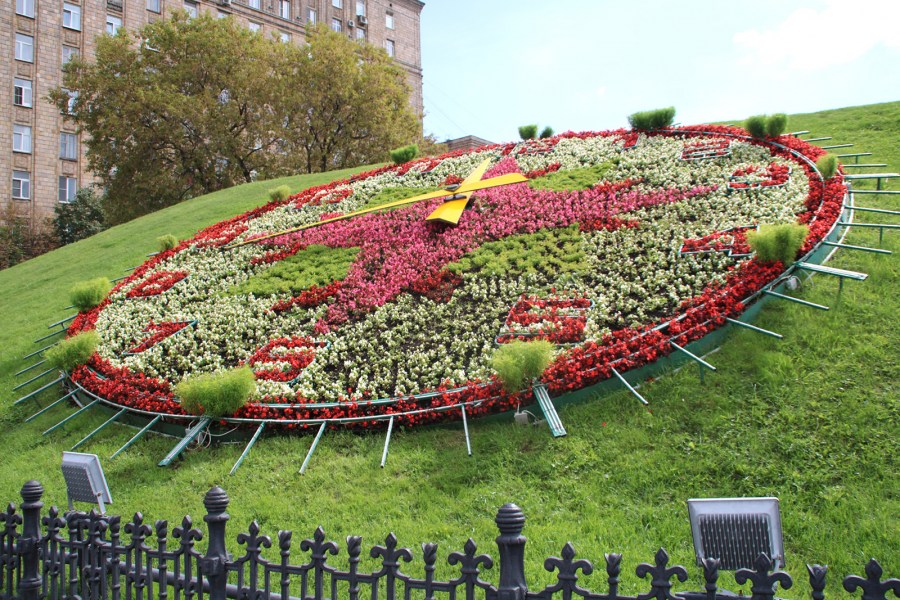
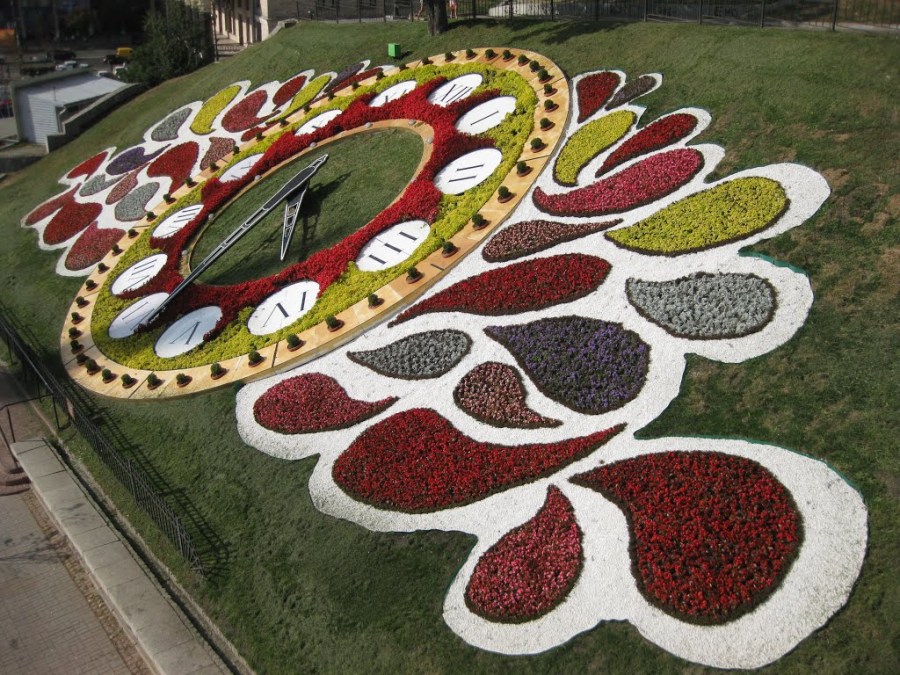
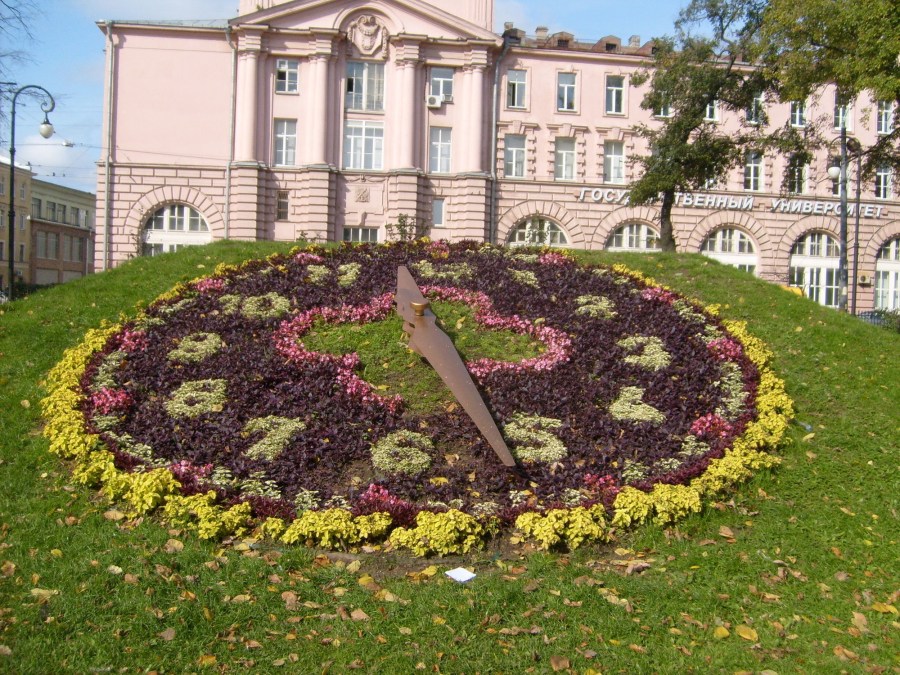
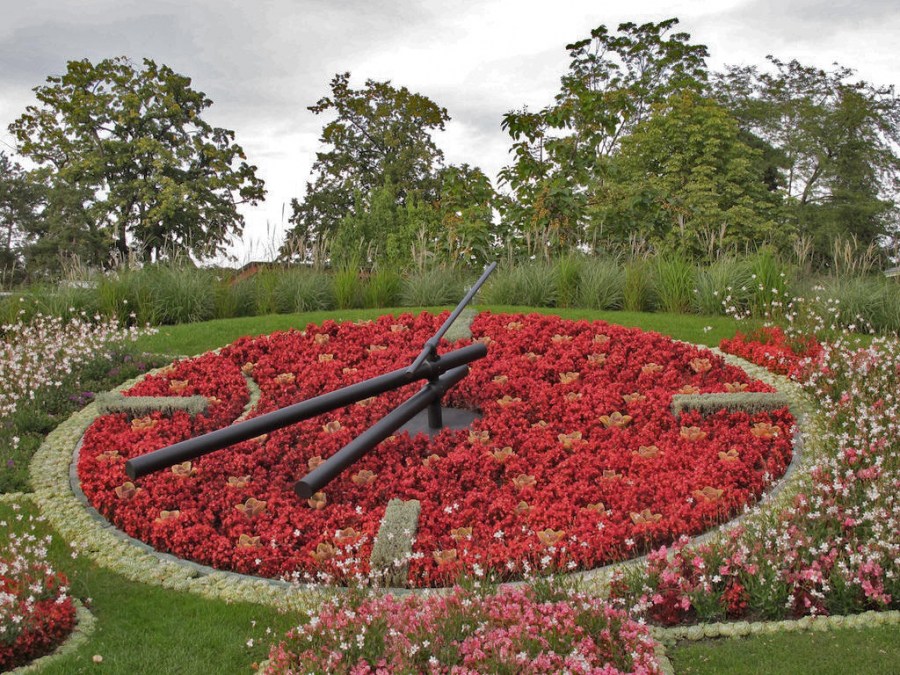
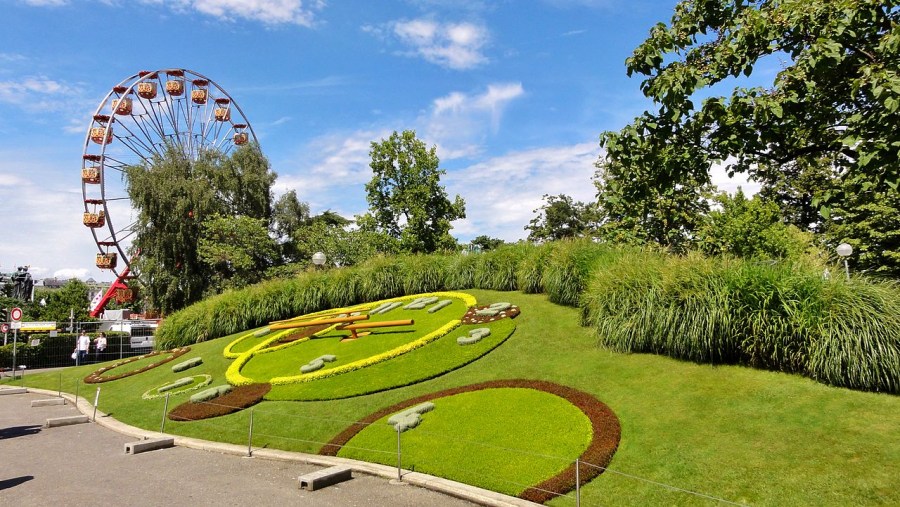
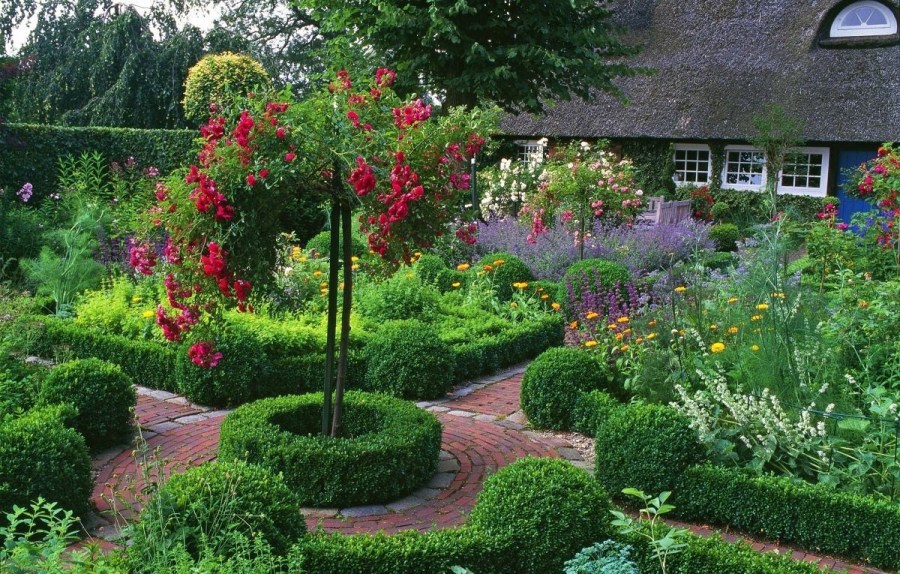

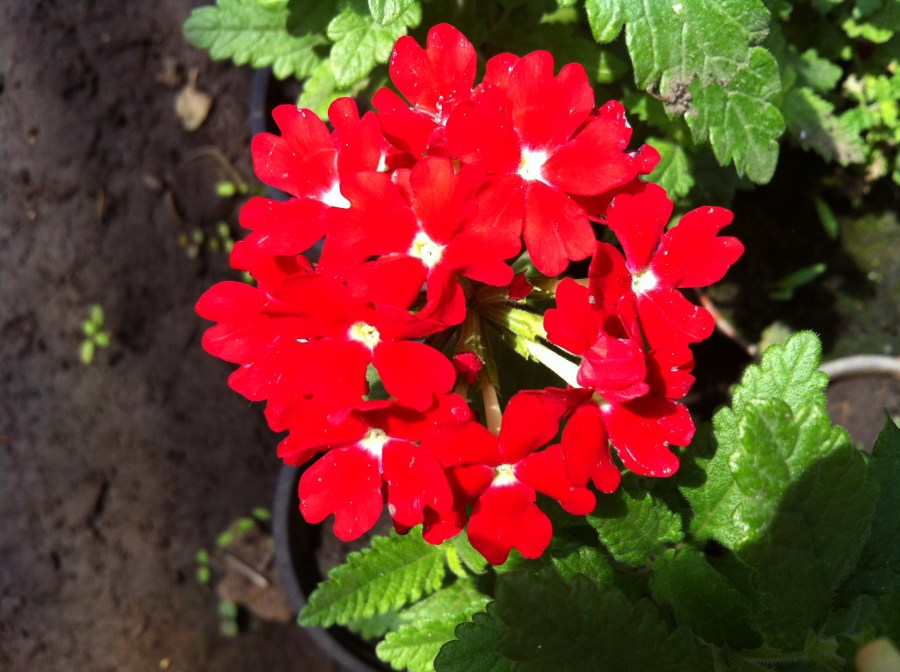
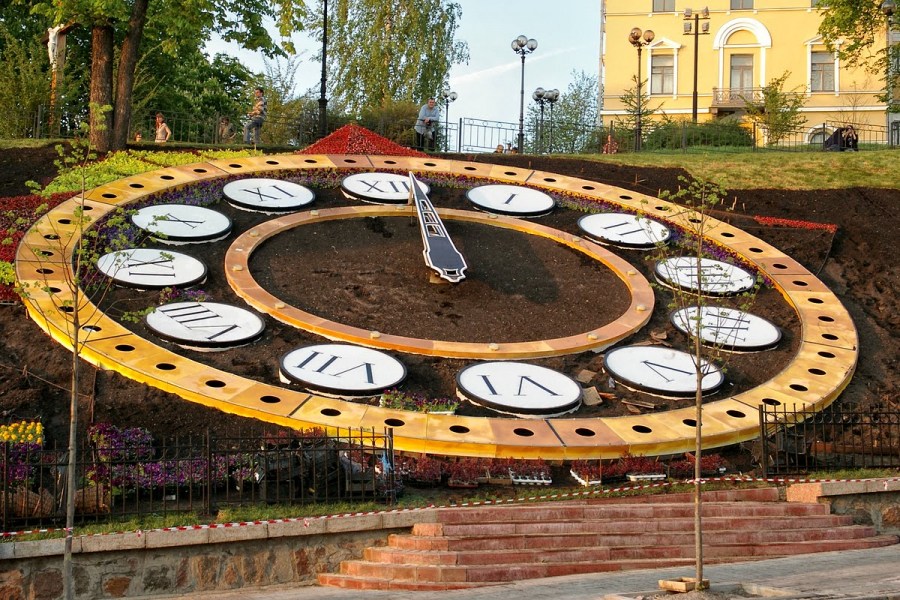
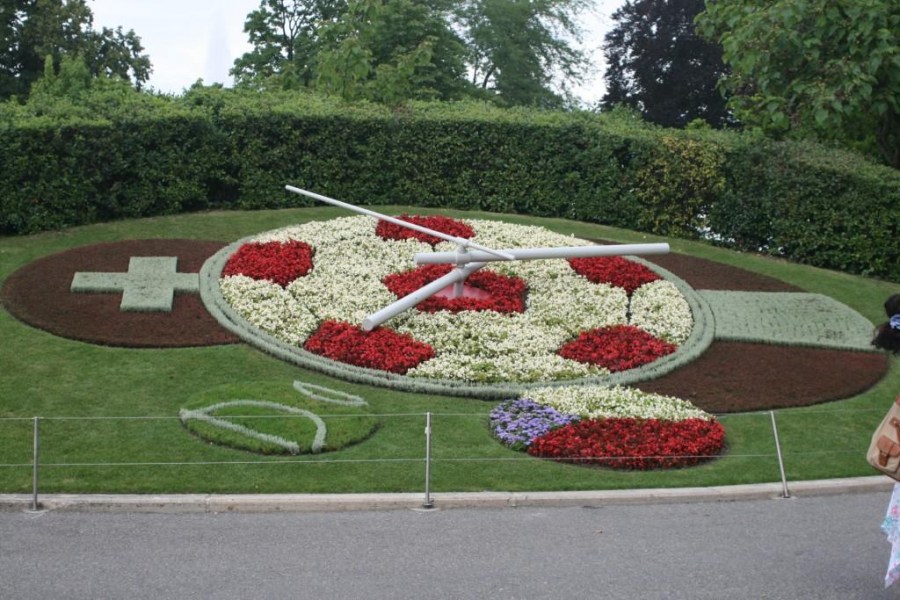
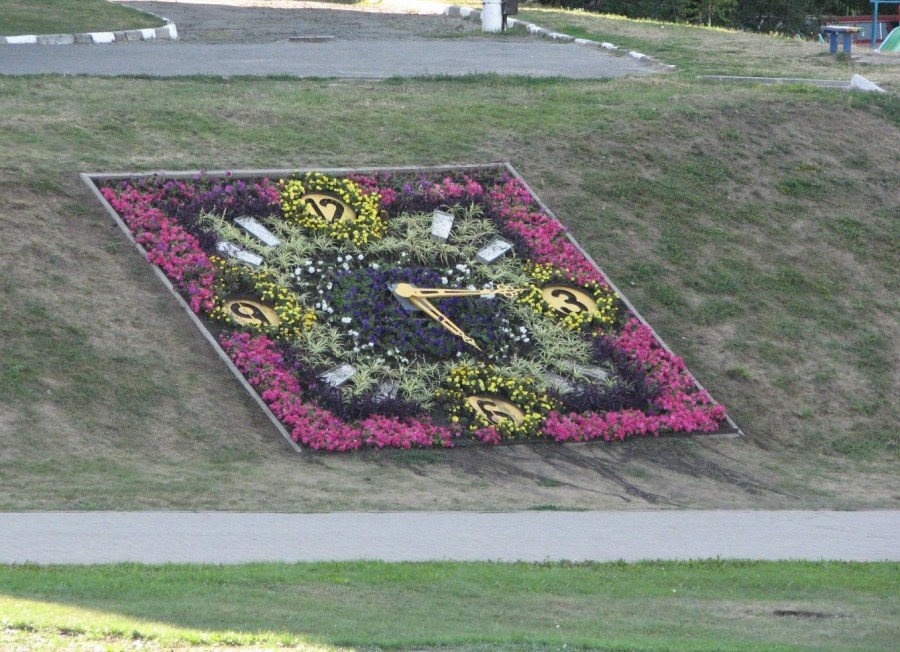
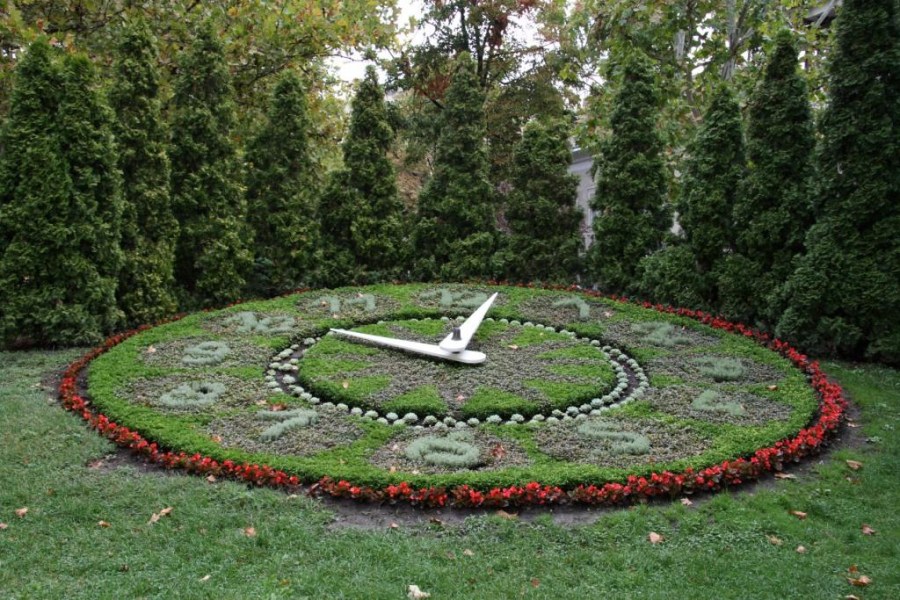
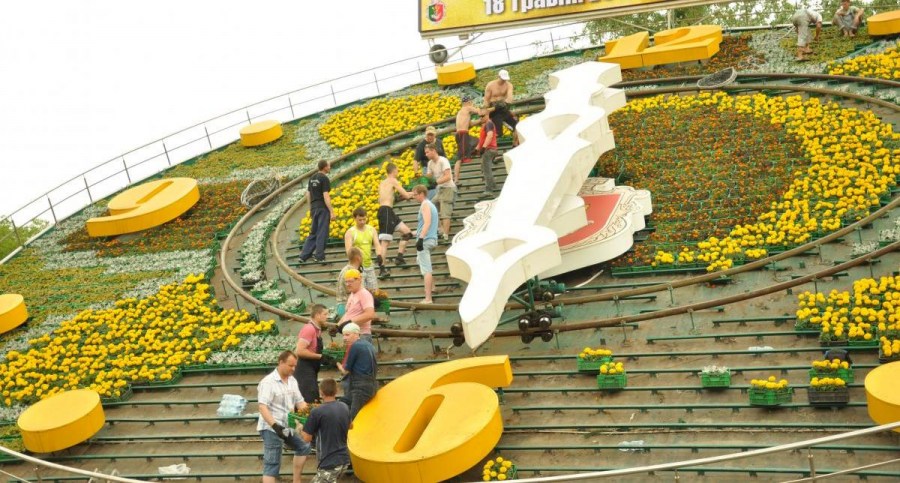
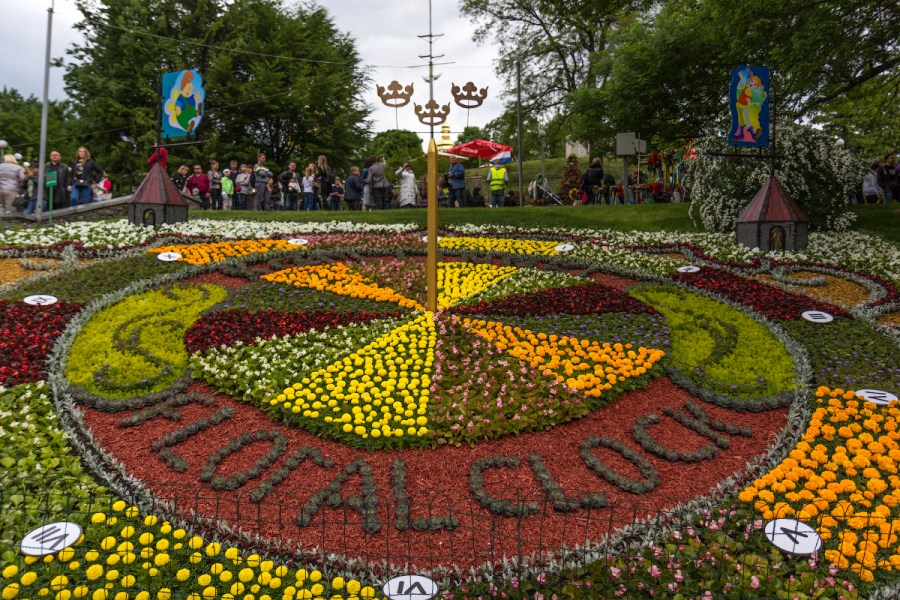
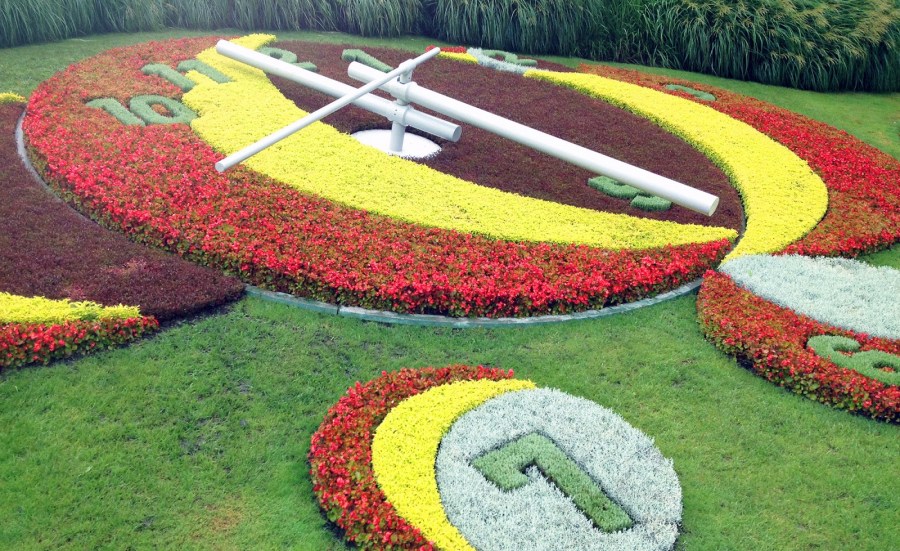
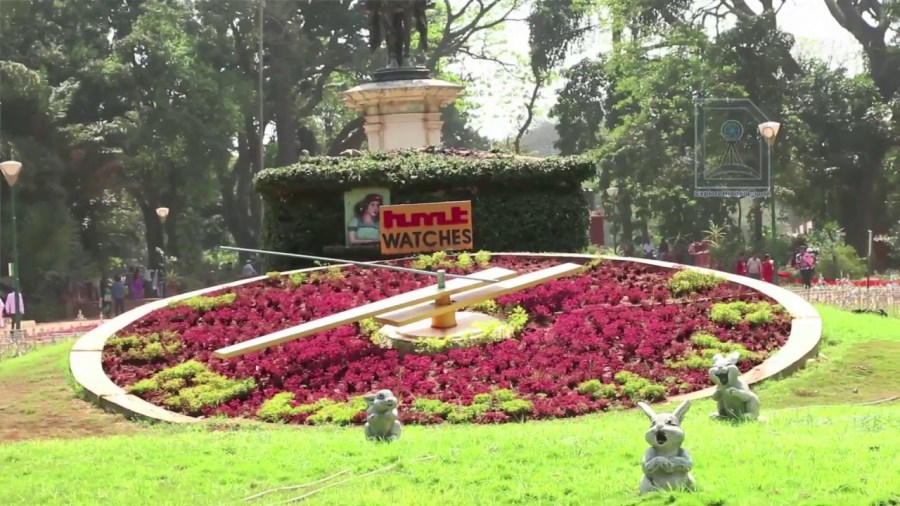
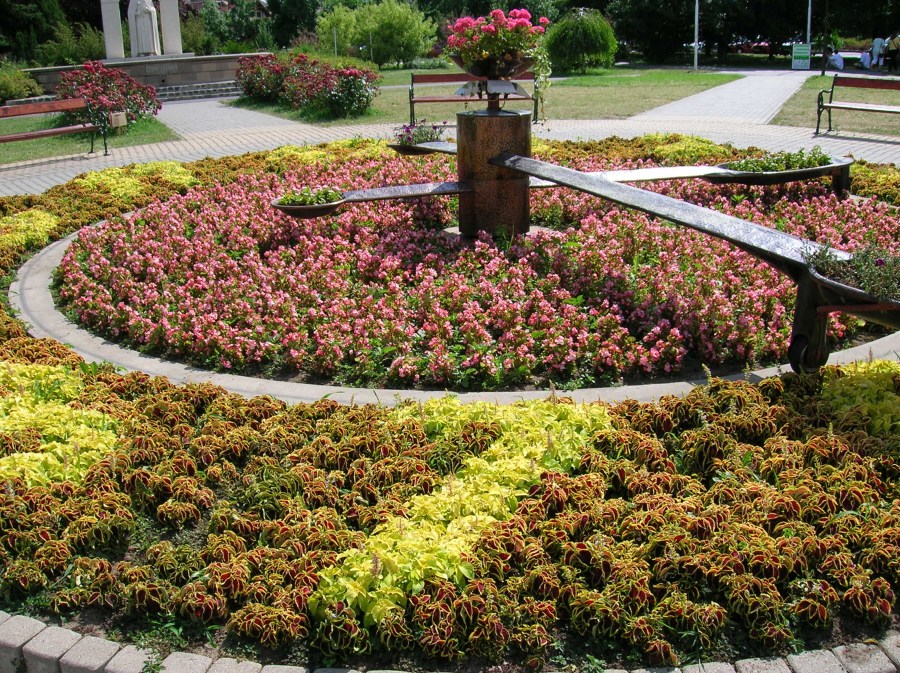
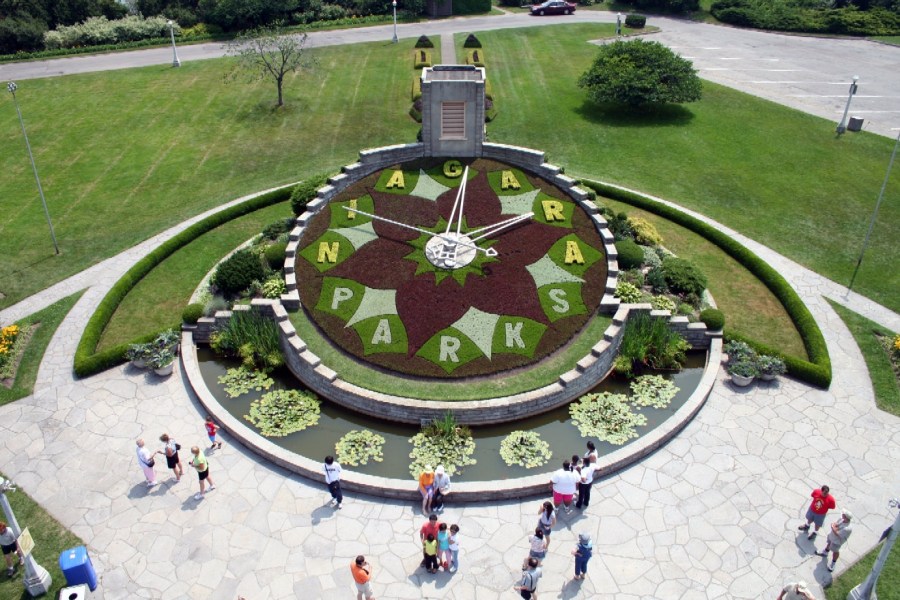


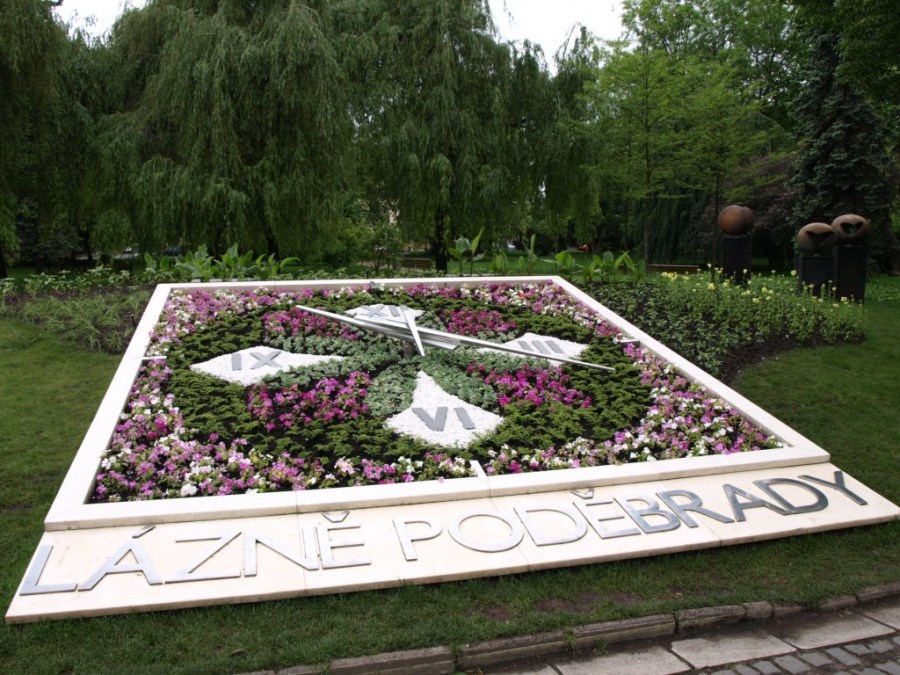
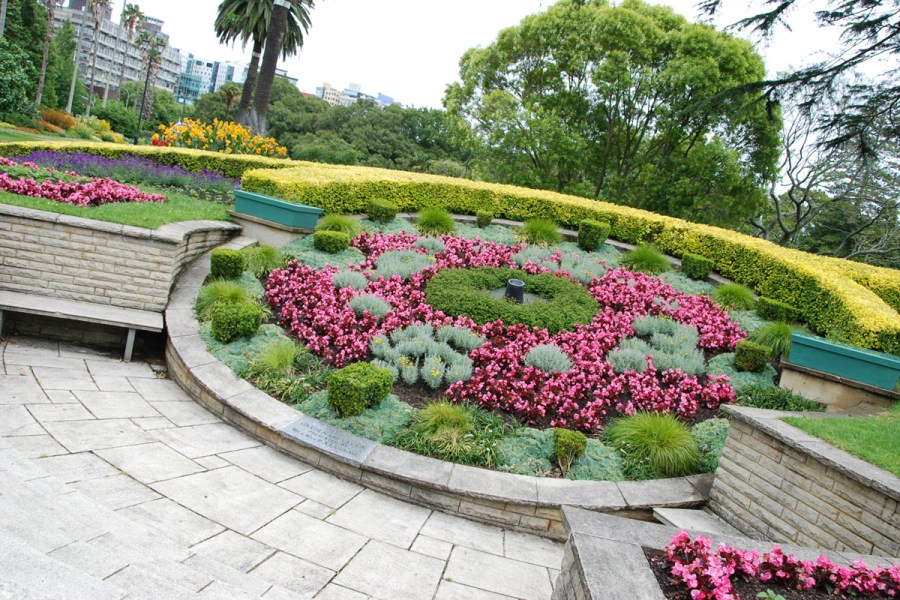
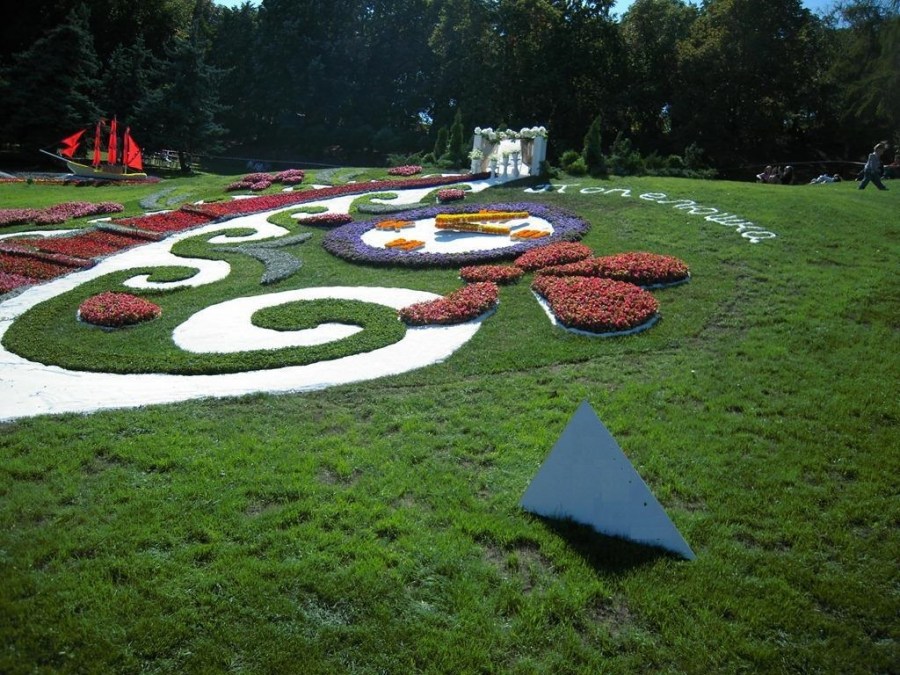
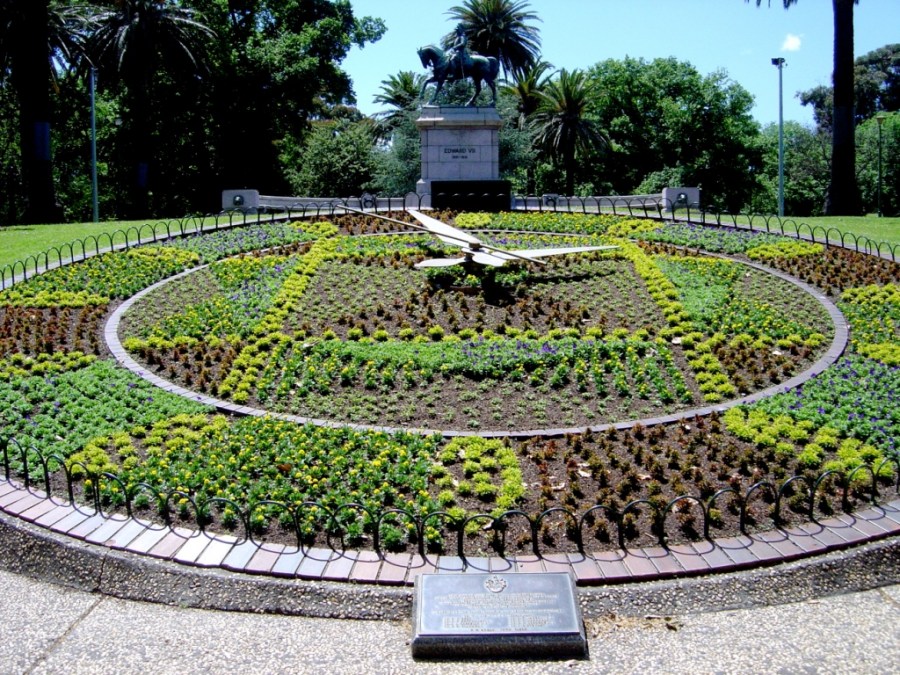

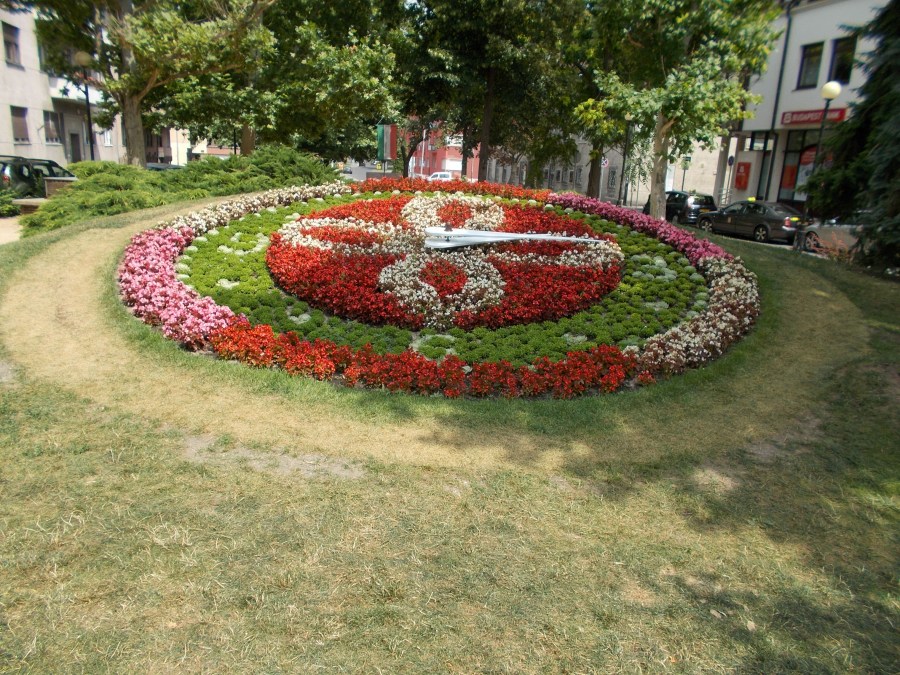
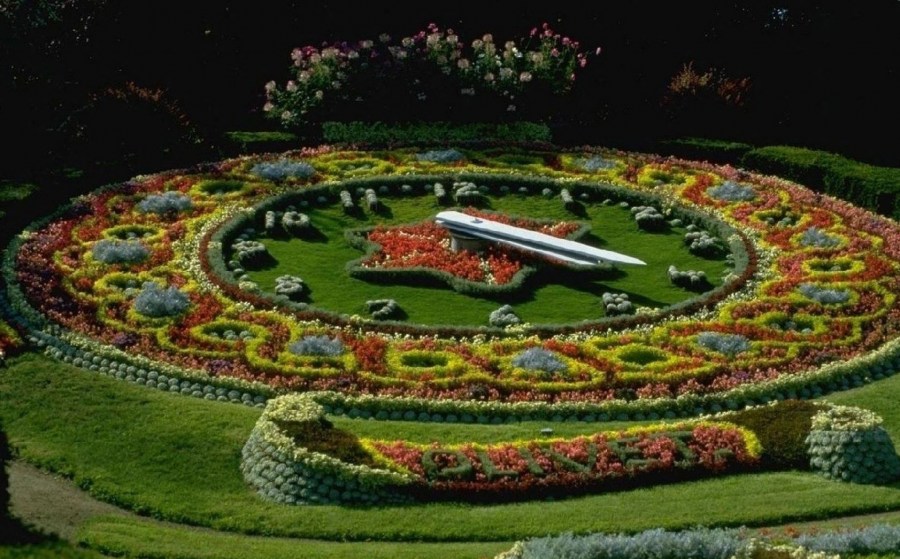


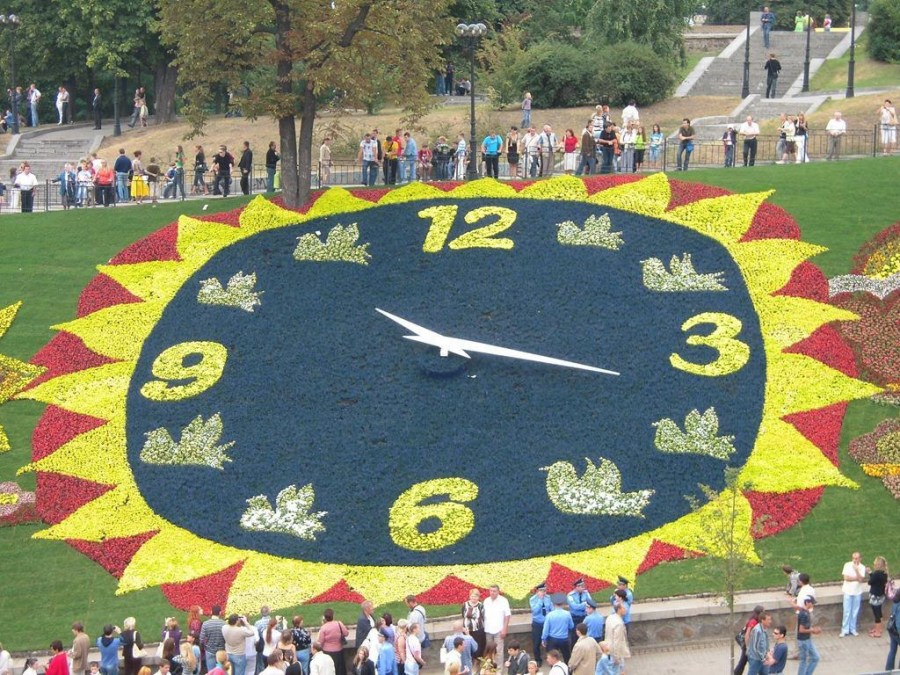
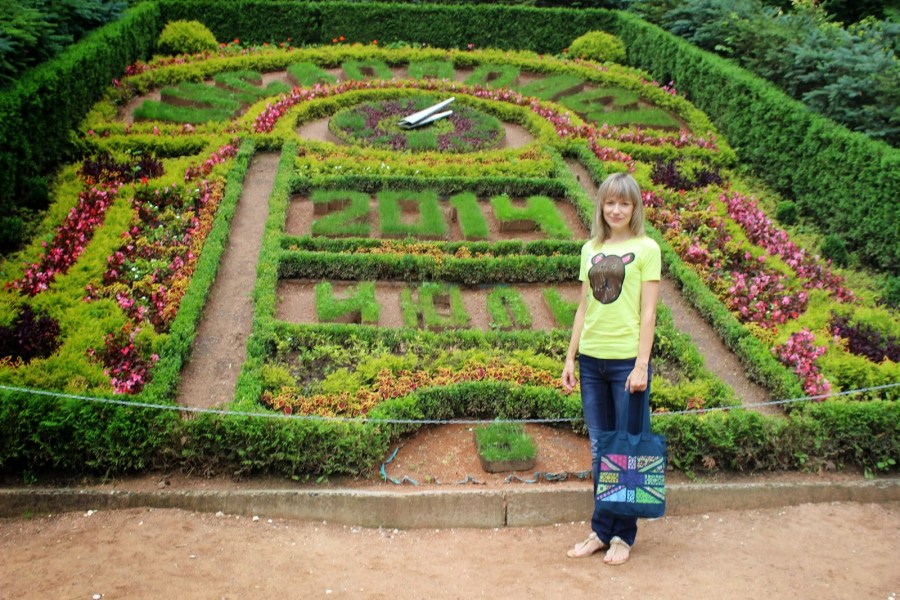
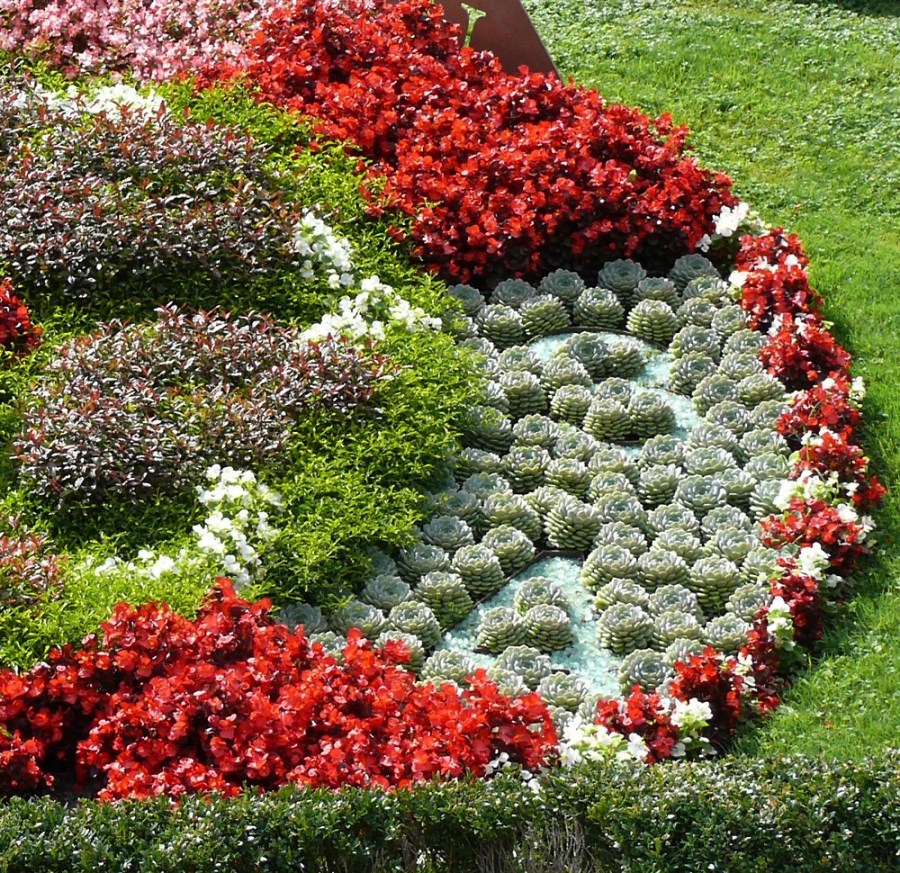
Well, I definitely can’t do this. Very difficult work, I wonder how this can be done with your own hands. I trust only professionals.